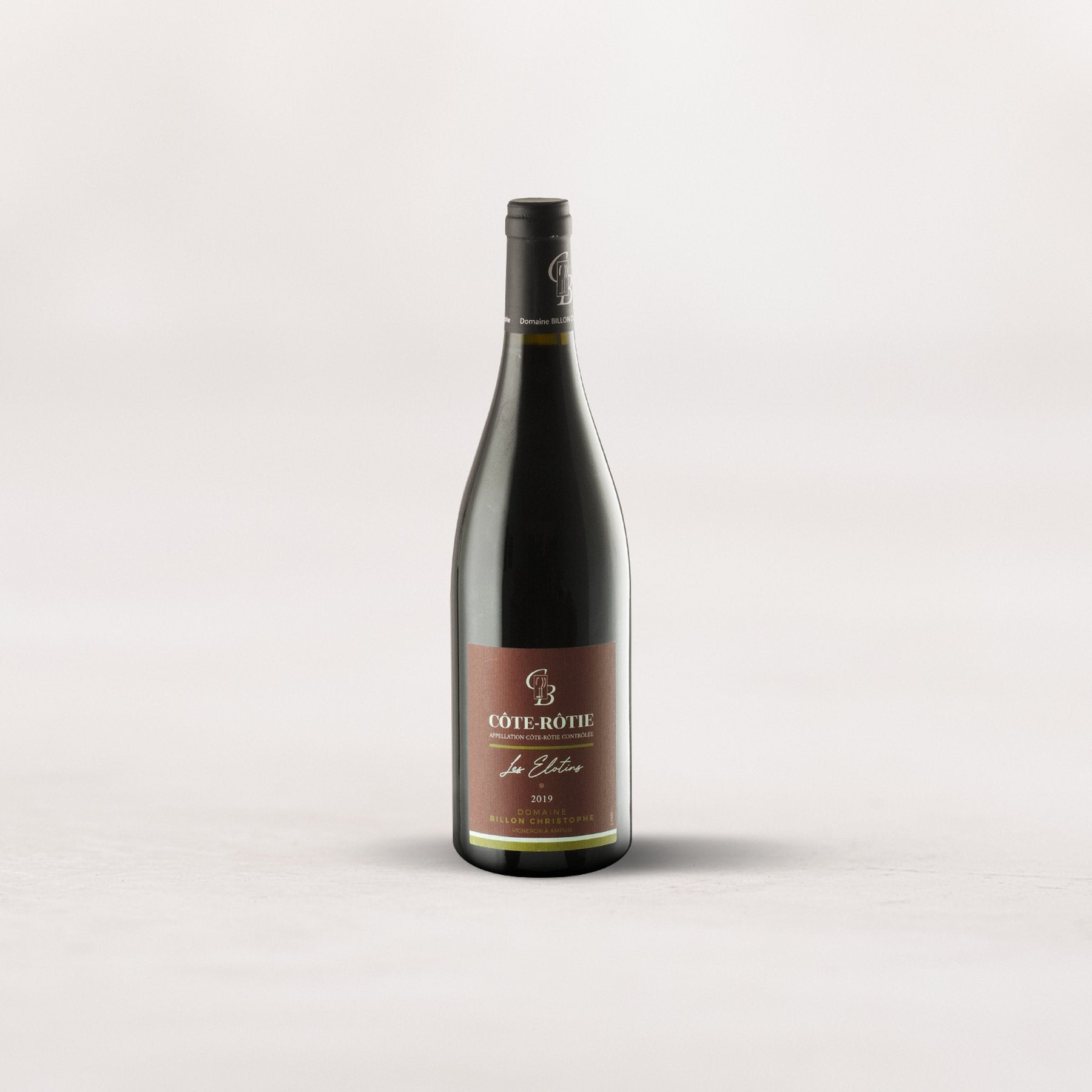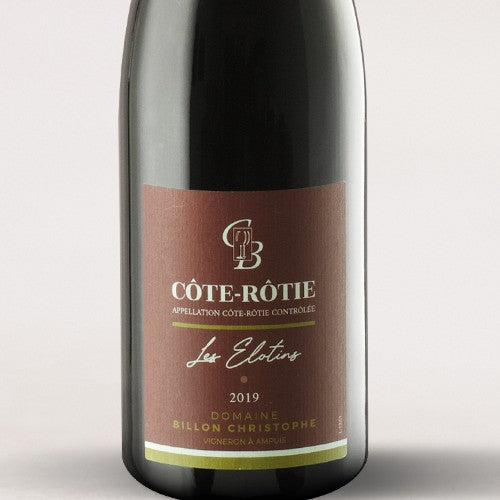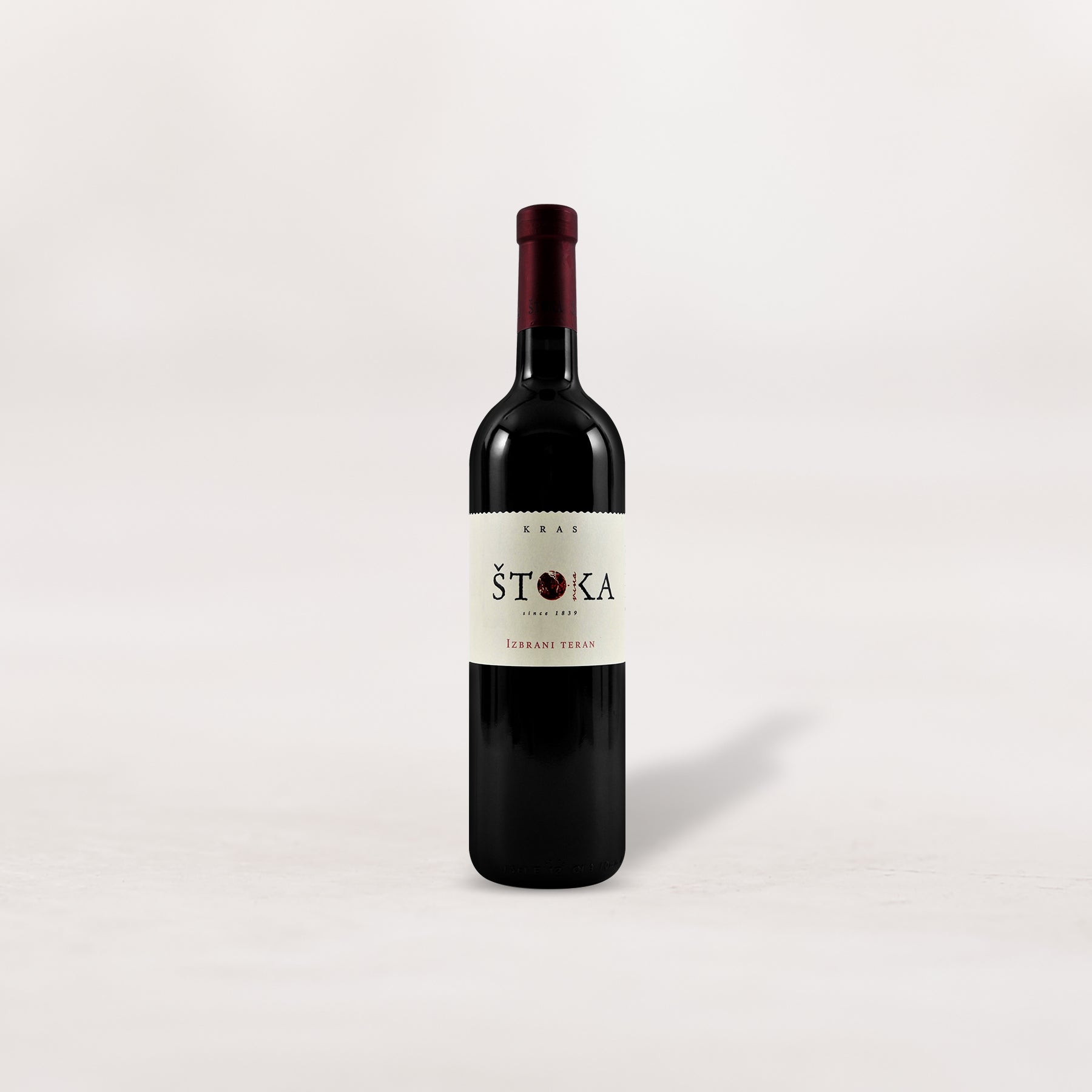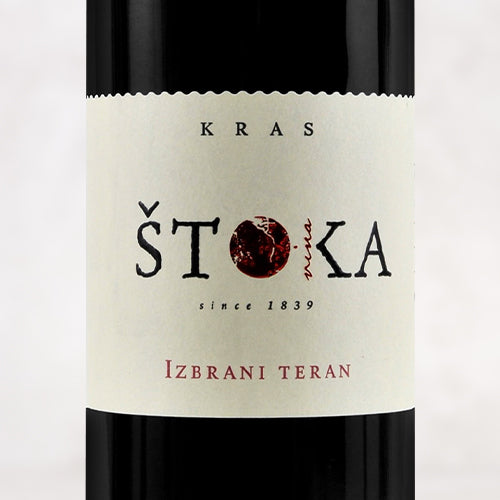If you've never heard of the Teran grape or aren't yet familiar with how ancient Slovenia's wine roots are, do not worry. YOU ARE NOT ALONE!
Believe us when we tell you: These delicious obscurities are 100% worth your attention.
Primož Štoka released his first commercial bottling of Teran in 1989 and now it’s his son, Tadej, at the controls, aging his wines in an old family cellar where legs of prosciutto hang from the rafters above the old oak wine barrels. This is the ultimate in sustainably farmed, authentically “local” wine.
It is so unlike anything else out there that we, as sommeliers, are all but obligated to take up its cause! This is exactly the kind of stuff that fills our hearts: Small family farms, indigenous grapes, and wines of distinctive character and amazing value. And, they're delicious too!
The Štoka family estate is in the village of Krajna Vas, northeast of Trieste, about five miles from the Adriatic Sea. The area is “protected” under the auspices of Natura 2000, a project launched throughout the European Union to protect biodiversity and endangered species. About 18% of all EU land, and 37% of Slovenia’s, is protected under Natura 2000, which for the Štokas means that herbicides and other chemicals are strictly prohibited in the vineyards. Soil health, or rather, soil life, is of paramount importance. Vines are plowed infrequently to minimize erosion, while biodiversity is encouraged through the planting of various cover crops. Of the Štokas’ 25 total hectares of land, about seven are planted to vines.
Many of the wines we’ve been most excited about lately hail from regions with loads of history but something that prevented their wines from gaining any traction in the modern market. For a lot of Eastern Europe, the culprit was Communism, where collectivized agriculture snuffed out any individual expression (commercially, anyway). In addition to being the first ex-Yugoslav republic to break away, Slovenia’s wine trade was the first to attract some notoriety, thanks in part to the success of the wines of Friuli-Venezia Giulia in Italy, whose greatest wine zones—including the Carso (Kras) and Collio (Brda)—were essentially shared with Slovenia. From a terroir perspective, the national border (drawn after WWII and officially making Trieste part of Italy) was meaningless; nevertheless, Slovenia is still playing catch-up.
The key feature of the Kras/Carso is its distinctive red soil, which gets its hue from a high concentration of iron oxide. Underneath is a bedrock of mostly limestone which is packed with a network of underground caves (some of which have become incredible winery cellars). It’s a coastal region but is also in the path of the powerful burja (bora) winds from mountain ranges to the northeast. The signature white grape is the intensely mineral, high-acid Vitovska, while Teran is the premier red. Štoka’s 7 hectares of estate vineyards, all of them dry-farmed and averaging 20 years of age, are about half Teran with the remainder divided among Vitovska, Cabernet Sauvignon, Merlot, and Chardonnay.
Why You'll Love It:
-
The Teran grape, which was long thought to be Refosco, skews tangy and crisp, with a bloody, iodine-like minerality, often found in Cru Beaujolais wines as well.
- Aged about a year in large, used Slavonian oak barrels, with extremely appealing dark, wild berry/pomegranate fruit character. Aromas of black cherry, cranberry, wet soil, iodine, paprika, and grilled meat carry over to the palate, which offers up a great push-pull of sweet and savory sensations.
- Tremendous vibrancy and aromatic complexity, all presented in a bright, electric, medium-bodied package. Like Cru Beaujolais, it’s substantial but also joyfully easy to drink.
How To Serve It:
- Decant for 30 minutes before service in Burgundy stems at 60 degrees.
-
It has the structure to age for 5+ years but it makes a perfect burger wine right now.
- Enjoy alongside something medium-rare or a little 'bloodier' still. They were made for each other. You won’t experience anything else like it!











